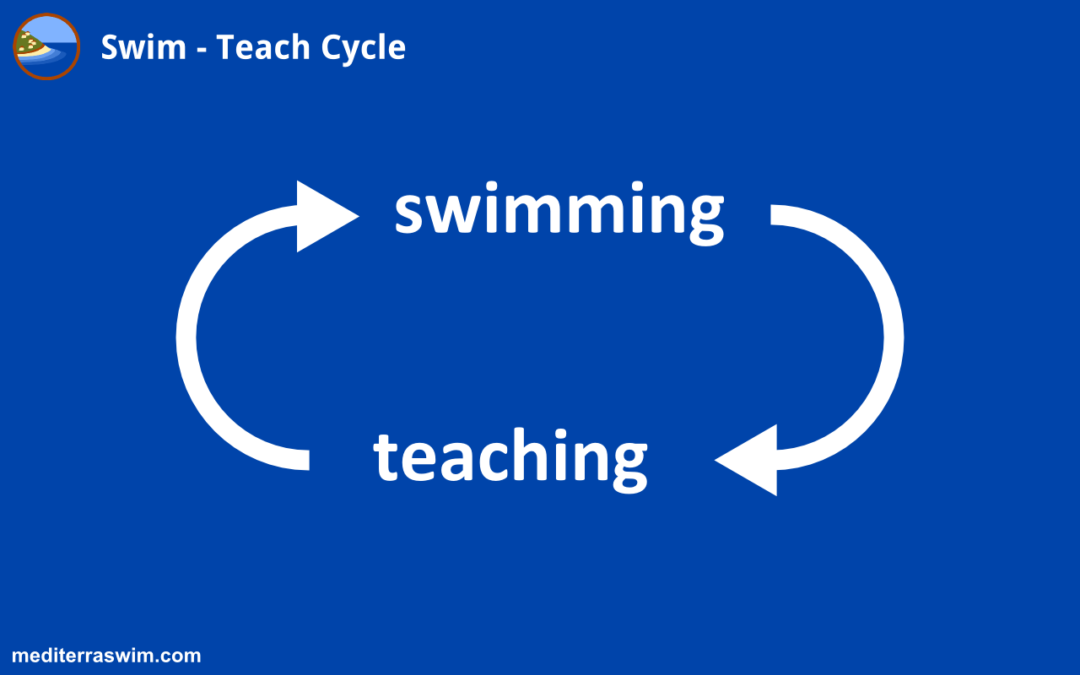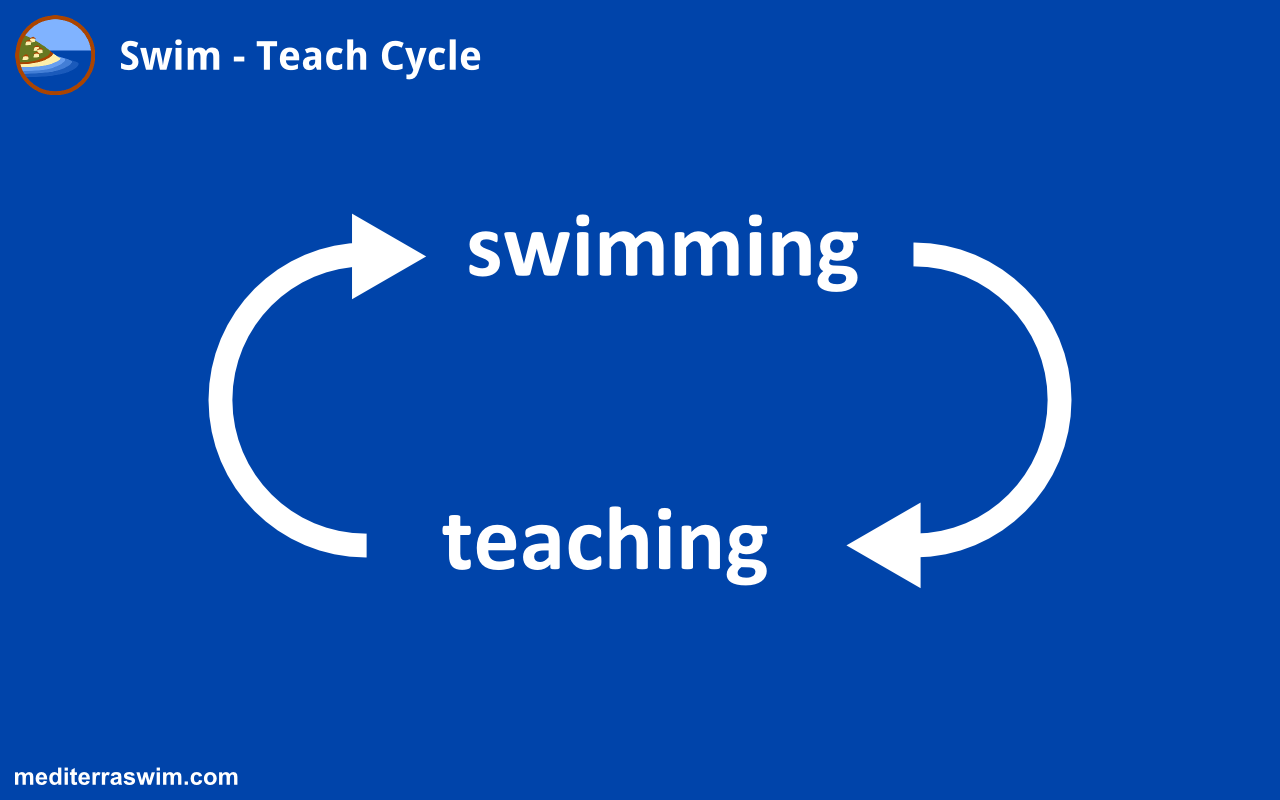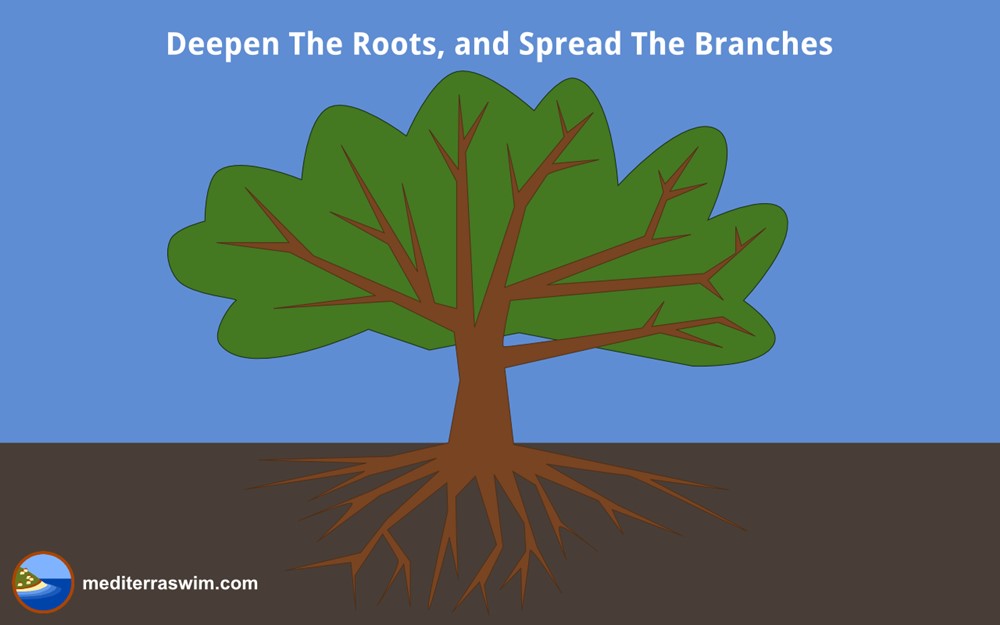Organic Training Plan Part 1
What is an Organic Training Plan?
It is a plan which respects both the laws of physics and physiology, and your own unique person and conditions.
How can you follow a rational plan for your training but leave it flexible enough to work with your real life and your spontaneous interests the moment you reach the pool?
The short answer is: you’ve got to first put out the effort to set up the rational plan, and then you can afford to be spontaneous within that plan.
If you have some solid principles to guide you, a specific skill goal in mind, and a thoughtful path to get there, then you don’t have to live by rigid training rules and oppressive daily discipline to keep progressing. When you internalize the training principles and have things organized in your mind (which is what TI does for us, and what the Mediterra Swim Dojo is meant to help us digest gradually), then you are more free to follow an organic path to training.
This is an art as much as a science and it takes time to get the hang of it.
Here are some first thoughts on the topic (though I would like to work this into a more detailed piece later).
A Goal Is A Tool
Let your goal be a servant of your needs, not a master.
Set a skill achievement goal – even if actually accomplishing the goal is not that important to you. Make it big or make it small, but just make one.
The goal is what gives you direction and helps you recognize the specific skills and fitness that you will need. By this you establish your priorities in how to spend your time, and how not to spend your time. It will help you distinguish between what is useful and what is not.
The goal does not have to be a master of your time. Let it be the servant, simply as a tool to give you something to plan your practices by. Whether or not you end up participating in the event, or accomplishing the goal does not need to be the measure of success, unless you want it to be. It can instead be something you use to give you direction and measure progress by, to keep you moving in a positive, productive direction.
The skills and fitness you develop will be useful to you in swimming in general and in maintaining overall satisfaction in training.



